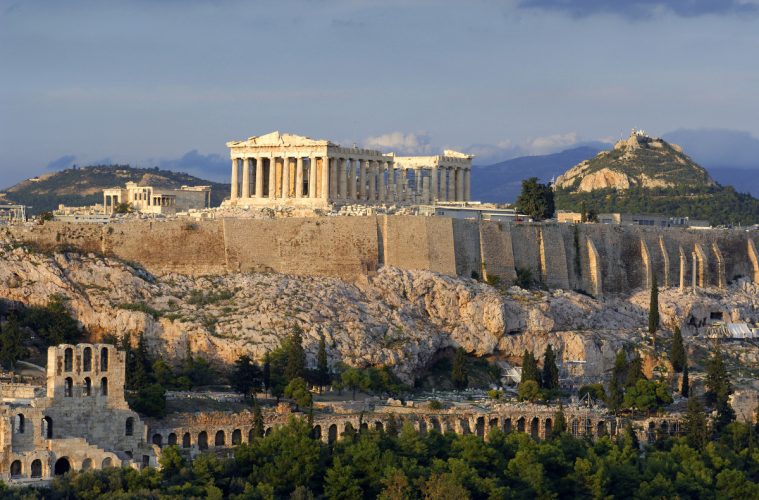
Greed For Greek
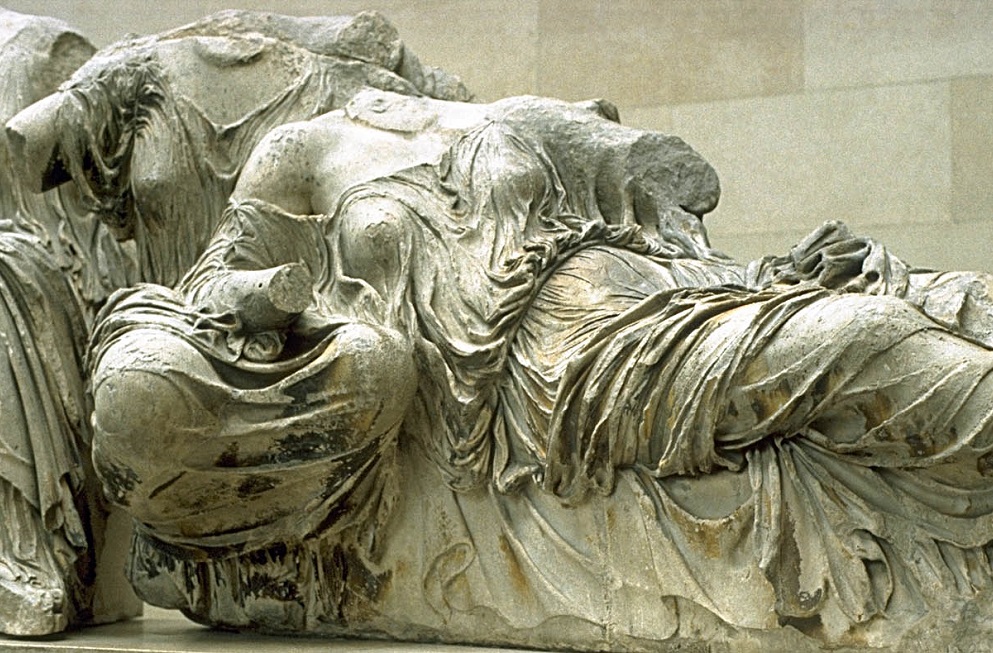
Unfortunately, Bruce’s greed for Greek antiquities was not confined to just the Parthenon. He succeeded in removing various architectural members and sculptures from the Propylaia, and the temple of Nike, from the sacred rock along with numerous inscriptions, gravestones, and many other priceless artifacts.
Endless Shipping
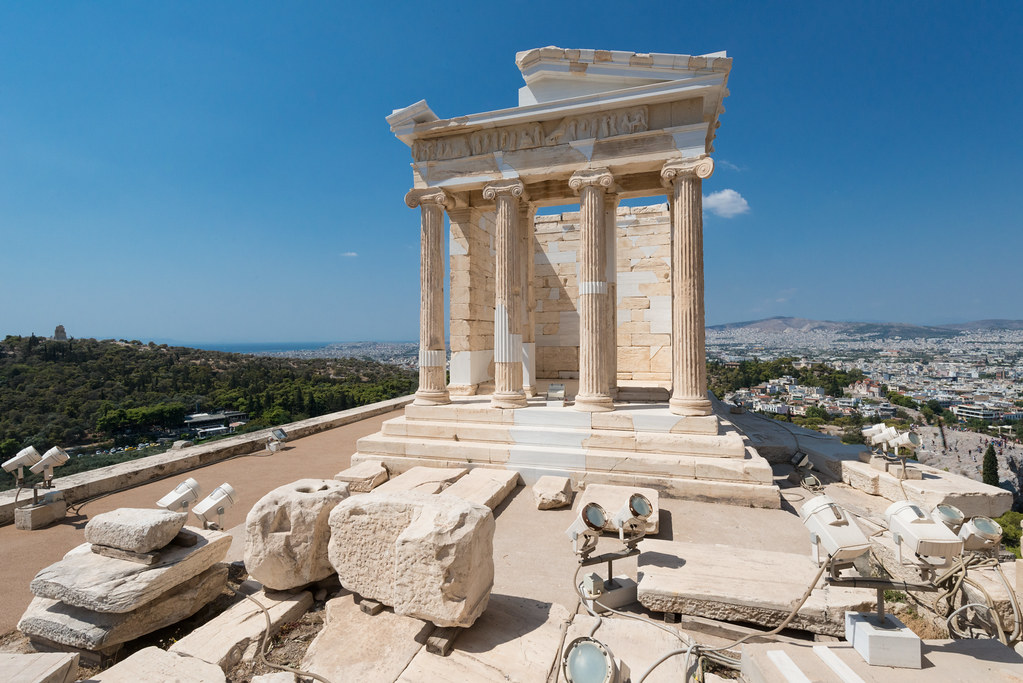
In total, around 253 valuable antiques were shipped off to Britain. Bruce and his workers shipped off more than 200 boxes in the span of two years. A few years later, the Greek War of Independence occurred which put an end to the looting of the country’s cultural heritage.
What Survived?
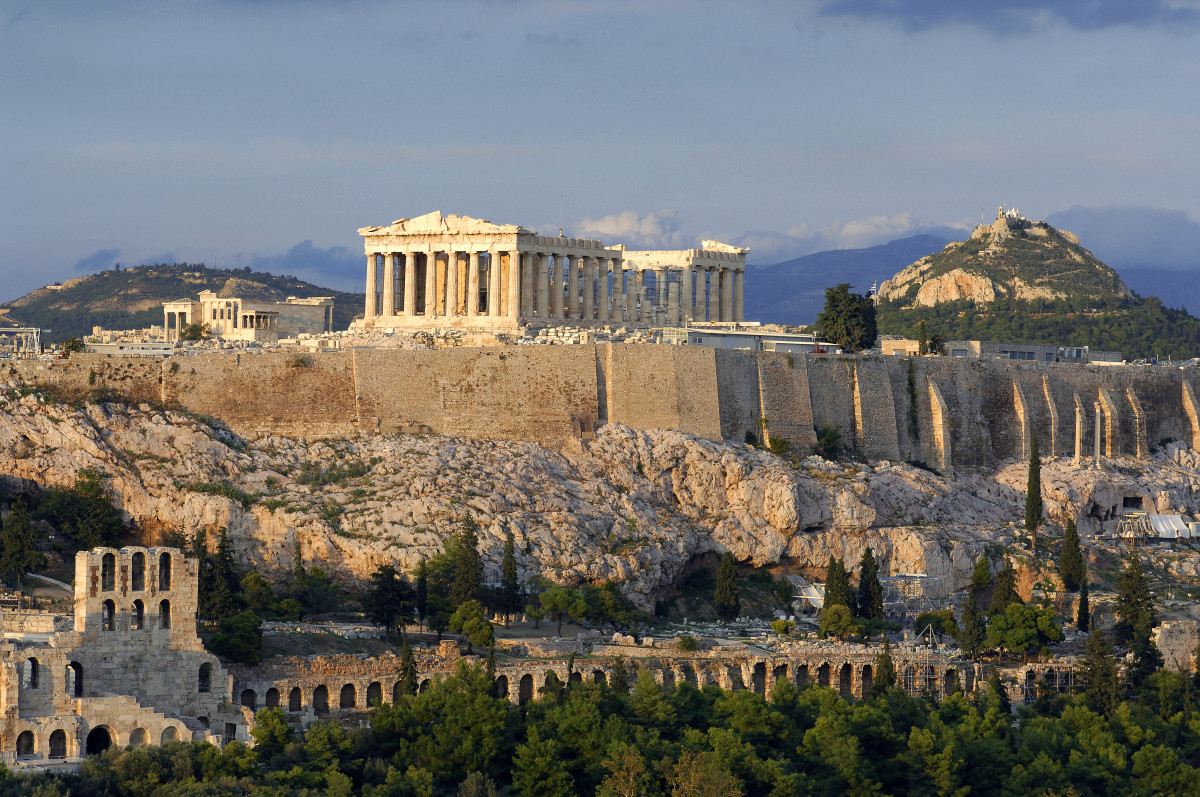
Roughly half of the Parthenon survived, which means out of 524 feet, 247 feet survived. This included 15 metopes and 17 figures from the pediments. It also includes articles from other buildings on the Acropolis like the Propylaia, the Erechtheion and the temple of Athena Nike.
The British Museum
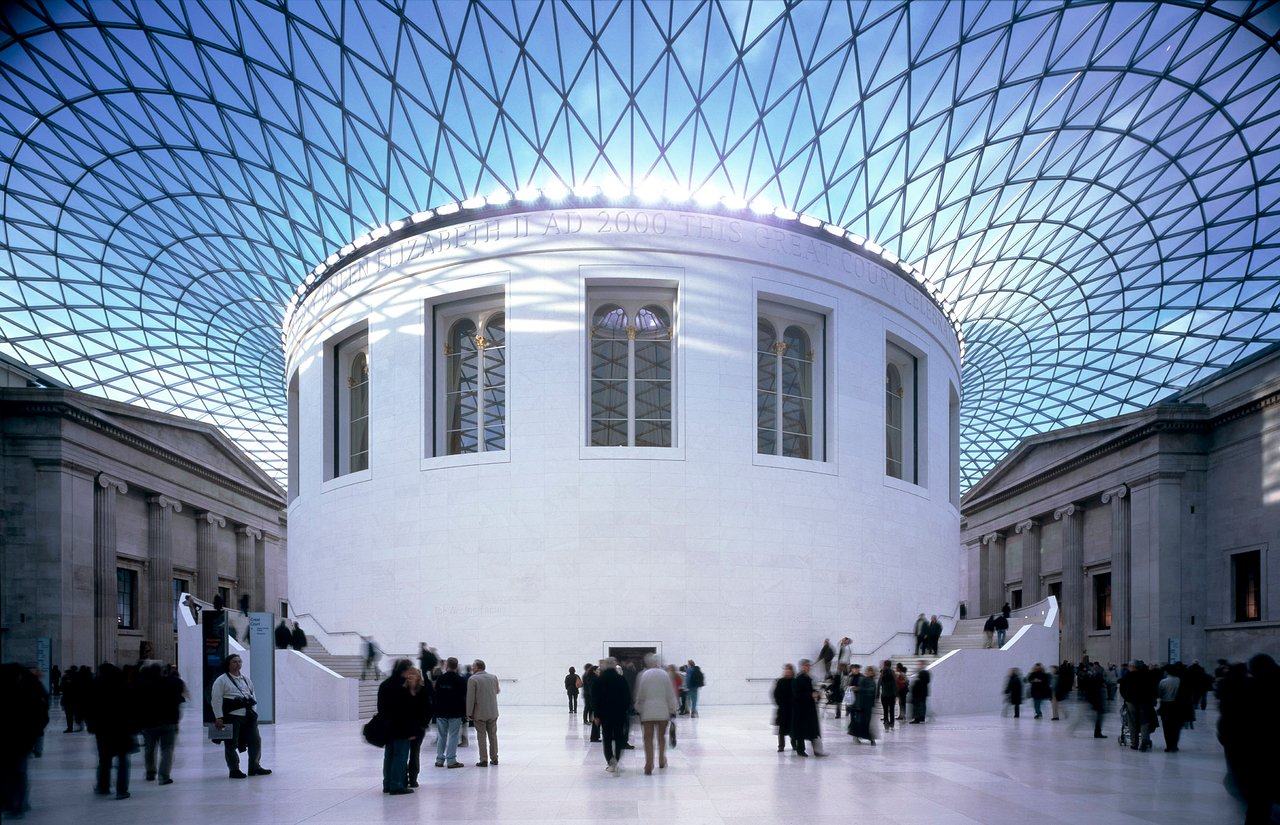
Bruce tried to sell the stolen marbles to the British Museum, but the British Government displayed no interest. Bruce was demanding £74000 which seemed too high for what they considered were poorly preserved sculptures.
Parliamentary Hearing
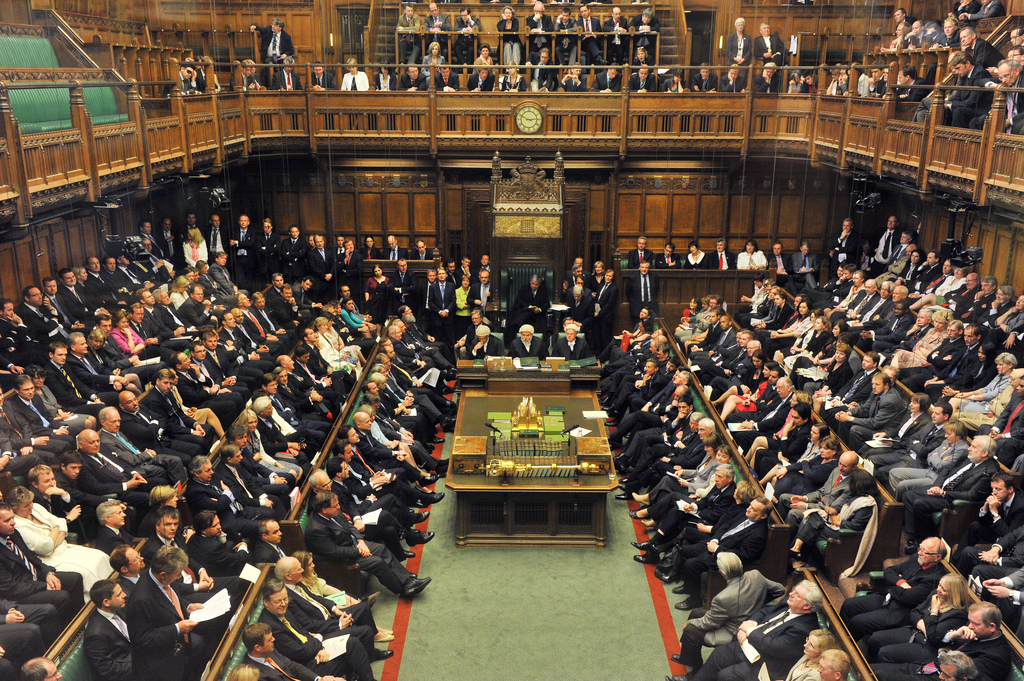
However, in the upcoming years, the interest in classical greek art began to grow. As a result, a parliamentary hearing was conducted by the House of Commons to determine the fate of the stolen sculptures. A petition was filed against Thomas Bruce and his ownership of the sculptures was challenged.
Defending In Court
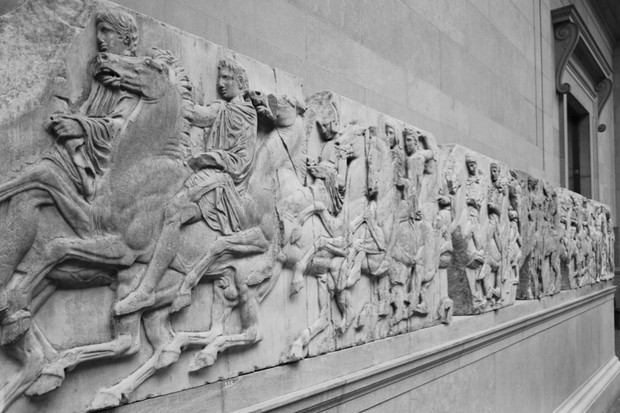
Bruce’s only defense was that he was granted permission in writing, by the Ottomans, to remove the sculptures. He claimed his only motive was to save these magnificent artworks from any further vandalism. When he was asked to show the firman to the court, Bruce declared he didn’t have it.
